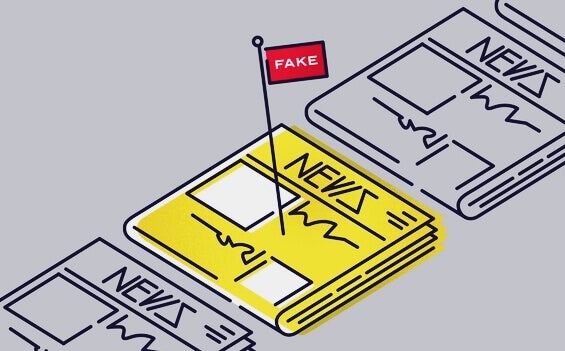Fake news or fake news has been around for many years, however, with the emergence of social media this phenomenon has been proliferating more and more, the Internet was supposed to democratize information, and it really is, yet this has also led to such consequences.
Fake news is almost always accompanied by an image, that’s what apparently gives you credibility, however, the image is also false or just taken out of context, this creates an illusion of something that is true when it is not.
- At other times.
- What is done is to disseminate false or inaccurate information.
- A community with certain interests is responsible for spreading this information in bulk.
- When it is repeatedly shared on social networks it is given as true.
- Without being true.
- Extreme cases such as that of an alleged earthquake in Peru were announced in advance.
- The information came to generate a real panic.
- But everything went wrong.
“A lie would make no sense if the truth was not perceived as dangerous. “- Alfred Adler-
The first question that comes to mind is why fake news appears, what does a person get when spreading false information?The answer has to do with two objectives that these professional liars have: to raise money and smear to promote their own interests.
On the one hand, fake news is proving to be a very profitable business, there are sites that disseminate unusual information. These attract a lot of attention from readers. They have stunning titles and images. Immediately awakens a morbid curiosity and the rest belongs to the story. For every click of the users, something enters the coffers of those who produce this fake news.
On the other hand, it has been proven that fake news serves to apply the old Machiavellian principle: “Calumnia, slander?Is the slander left? You see a lot of this kind of news in times of political campaigns. The information comes from strangers”. sources, accusing some of the candidates of vices, crimes or mistakes that are not true, then they clarify the lie, but there is always a doubt, in fact, sometimes they do not even clarify the problem, and if they do, then people do not believe that truth is the truth.
The issue would not be so serious if it were not, because it carries many risks and dangers, truthful and verified information is the main source for making the right decisions, it is also from the present day that we set up a vision of what is happening. in the world.
When there are interest groups behind fake news, they become an element of manipulation, help reinforce prejudices and get a false idea of certain human groups, countries, people, etc. , in general, what remains, in any case, is a seed. suspicion.
Fake news can also trigger anxiety and even panic, as happened in Peru with the so-called earthquake, which has also been repeated in Colombia, where hundreds of people have slept outside their homes because of false information about an impending earthquake. Or Mexico, when? Forecasts of a tsunami began circulating shortly after the 2017 earthquake.
It is very important that we learn to identify fake news and know how to differentiate them from real information, we are all called to become consumers responsible for the news circulating on social networks, we cannot be instruments of dark interests and petty intentions of manipulation.
When you receive information, the first thing to check is the source, is it a known medium?Or is it a place you’ve never heard of?Visit the website where it comes from. Explore your content, if everything is full of advertising and most headlines talk about strange or implausible situations, don’t take credit for it, the news signed by the authors is always more reliable.
Another tactic is to copy certain information and place it in a search engine, so that sites that confirm this information and those that deny it will appear. Fake news is often very touching and sensational. Read what it says and make sure the data is okay. -founded and well written. Don’t let yourself be manipulated.

